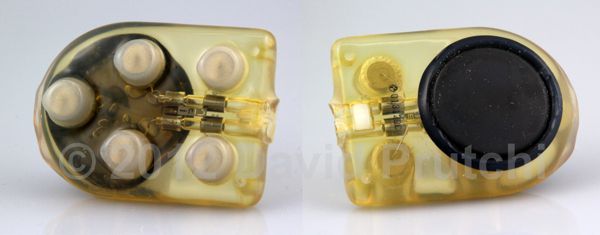The development of medical devices, drugs, and treatments depends on accurately retrieving clinical data from implanted animals. Implantable data collecting and sensing devices provide one way to retrieve these data. These device often include sensors or electrodes which must be implanted within the subject in order to provide clinicians with access to the sensed information.
Retrieving data from implanted sensors poses a potential problem since data frequently must be retrieved on numerous different occasions and over an extended period of time. If surgery is required each time data is retrieved, the subject may be overly exposed to stress, trauma, or risk of infection. In order to develop and test cardiac pacemakers and defibrillators, for example, clinicians need to monitor electrical activity of the subject’s heart. One way to monitor this activity is to surgically implant one end of a lead to the heart. The other end of the lead may be left subcutaneously (i.e., under the skin) or transcutaneously (i.e., through the skin). In the former instance, access to the electrode may require an invasive procedure, such as surgery. In the latter instance, prolonged and chronic exposure of the electrode through the skin may cause discomfort, lead to infection, or cause damaging stress on the electrode. Continue reading

